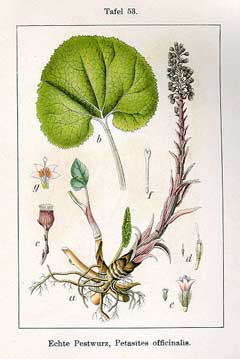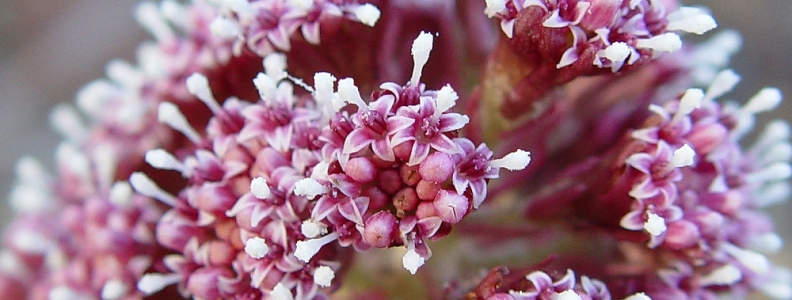
Holy Basil is known as ‘Queen of Herbs’ in India and has been used medicinally and grown there for over 3,000 years. Holy Basil is a powerful panacea and herbal medicine that is often employed to promote longevity due to its action on mood and to encourage energy and vitality. Ayurvedic medicine considers Holy Basil an ‘elixir of life’. It is a tonic for the body, mind and spirit.
Common Name: Holy Basil, Tulsi
Latin Binomial: Ocimum tenuiflorum
Part Used: Leaf
Qualities:
A herbal medicine for those who feel helpless and without hope, especially due to illness or chronic conditions.
Constituents:
- Ocimumoside A and B (antioxidant and adaptogenic activity plus central monoamine and HPA-axis modulation)
- Volitile oils
- Phenolics
- Flavonoids
- Neolignans
- Terpenoids
- Fatty acid derivatives
Seeds contain mucilage, pollysaccharides, and beta-sitosterol
Actions:
- Adaptogen
- Anxiolytic
- Antidepressant
- Antioxidant
- Anticancer
- Chemopreventative
- Antifungal
- Antidiabetic
- Antimicrobial
- Cardioprotective
- Hepatoprotective
- Hypolipidaemia
- Immunomodulator
- Neuroprotective
Indications:
- Anxiety
- Depression
- Mood disorders
- Stress and fatigue
- Immune dysfunction associated with stress or chronic illness
- Sleep issues
- Poor memory and cognition
- Alzheimer’s disease
- Can increase mental clarity and improve cognitive function
- Convalescence
- Enhances mood and motivation – may help shift perspective towards wellness and restore hope during illness
- Metabolic conditions – e.g. diabetes, insulin resistance, diabetes
- Fungal infections
- Cancer prevention
- Cardiac disease
- Hepatic disease/steatosis
- Peptic Ulcers
- Cancer adjunct to radiotherapy
Traditionally: Used for many ailments (as a panacea) such as common colds, bronchitis, fever, headaches, fatigue, inflammation, skin conditions, heart disease, poisoning and malaria.
Contraindications:
Not recommended to use Holy Basil in either pregnancy or lactation due to a lack of evidence regarding its safety in these areas.
Holy Basil may act as a male contraceptive in large doses.
Interactions:
Caution with coprescription with other medications that are metabolised via cytochrome P450 enzymes as Holy Basil has been shown (in vitro) to modulate these enzymes (theoretical).
Dosage:
1:2 LE 20 – 50ml weekly
TREATMENT TIME FRAMES: It may take two months to see full effect when using as adaptogen for stress, anxiety or depression
Combinations:
Combine with Horopito for fungal infections
References & Articles:










